On-Page SEO
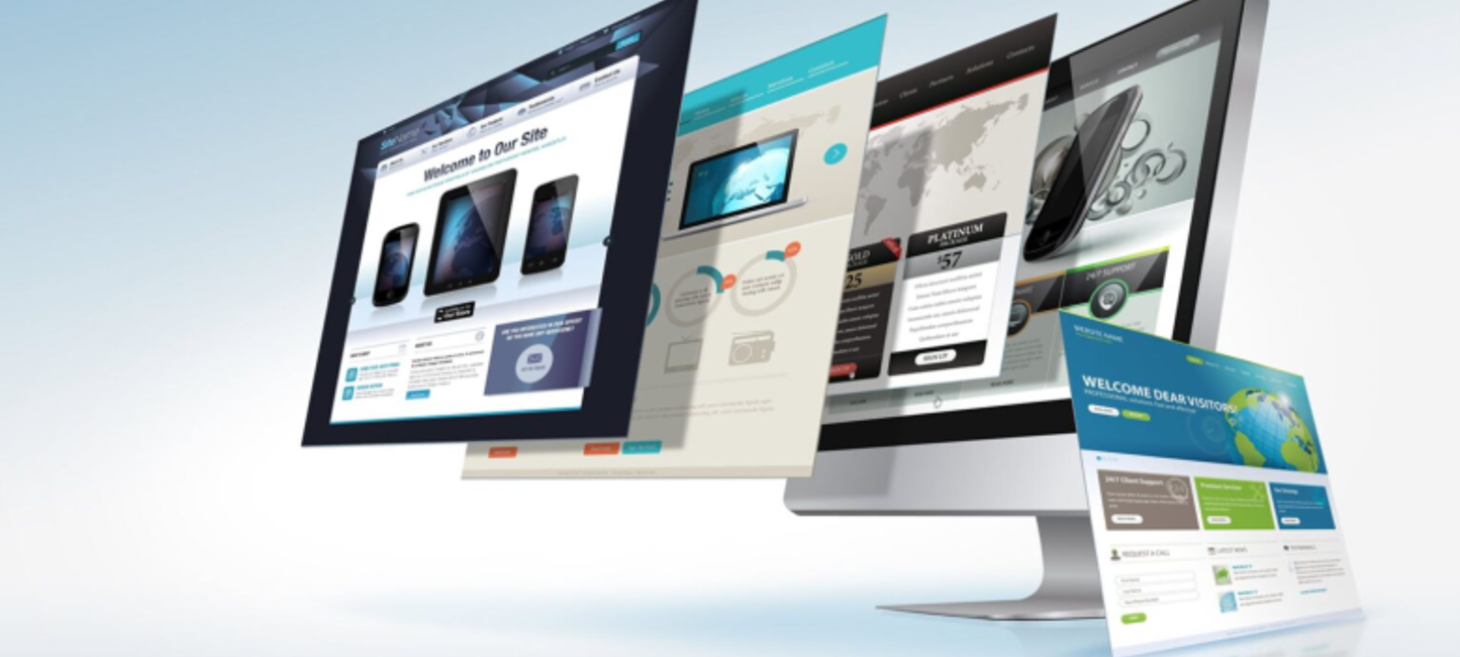
Templates, tactics, and tips from 1,000 high-converting pages
If you’re managing multiple campaigns for your brand or your clients, you know how hard it is to scale landing page creation without sacrificing performance.
This guide breaks it down—with real examples, tactical insights, and repeatable strategies from a designer who helped generate 14.8 million conversions using Unbounce.
5 Ways Website Copy Impacts Your Conversion Rate
When it comes to priorities on your website, conversion is up there with the best. Often, conversion-driven website practices focus on design. And yes, there are incredibly important design elements like conversion colours, navigation removal on landing pages, and prominent buttons for your key conversion pages.
However, did you know that a lot of this can be directed by your website copy? This is why website copy needs to come before design in any website project.
Technical SEO

Technical SEO for Bilingual Sites: Te Reo Integration Best Practices
Integrating te reo Māori into your website and brand communications requires thoughtful consideration and technical care.
By accurately including te reo - through correct use of macrons (tohutō), appropriate HTML language tags (lang attributes), and clear indications of bilingual content (hreflang) - you can provide a culturally respectful and accessible user experience.
This approach ensures your content reaches the right audiences, helps search engines correctly understand and index your pages, and authentically supports the ongoing revitalisation of te reo.
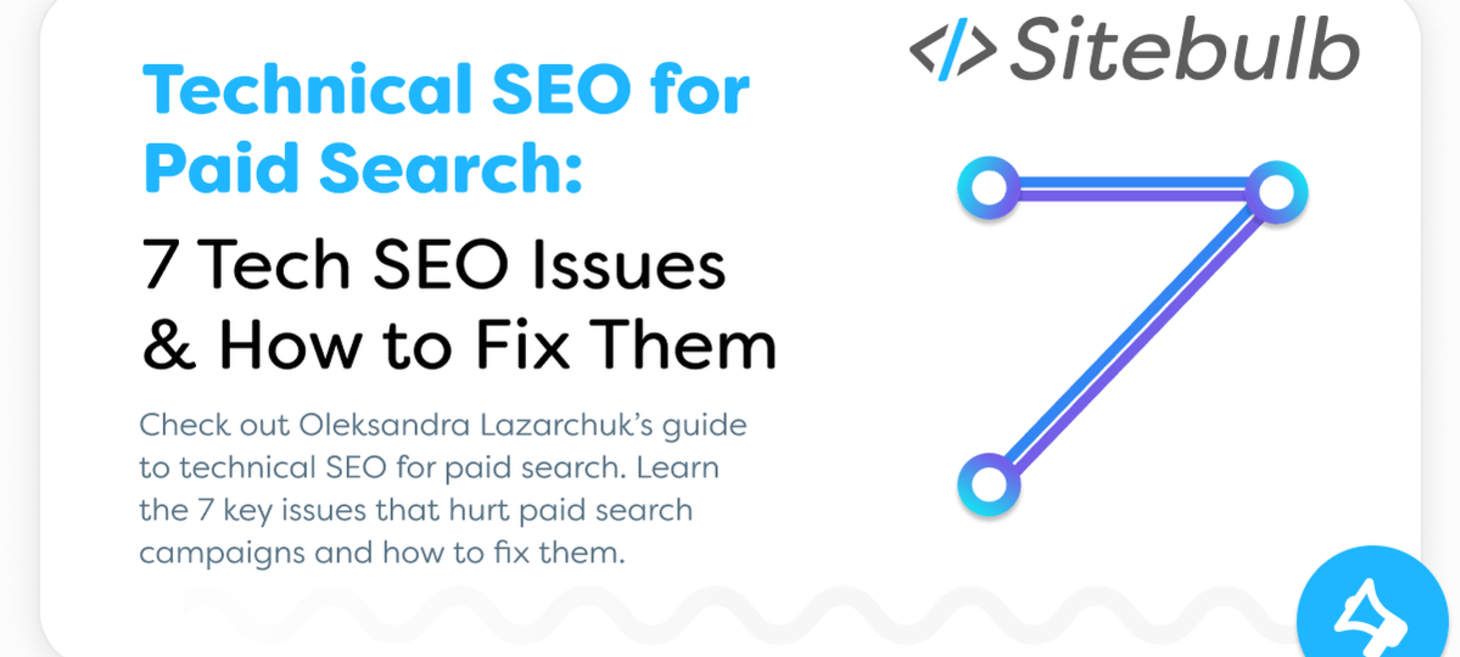
Technical SEO for Paid Search: 7 Tech SEO Issues and How to Fix Them
Most people see technical SEO as an ‘organic-only’ game. Spoiler alert: it’s not.
The reality is, tech SEO is the backbone of a website’s overall performance. It influences everything: from organic visibility to how well your paid search campaigns convert. Neglecting this aspect of SEO can not only fail your marketing efforts but generate huge costs.
If your PPC campaigns aren’t delivering, the usual response is to tweak ad copy, adjust targeting, or reallocate budgets. And while these changes are part of the process, they can only go so far.
When performance continues to stagnate or drop despite multiple shifts, it might be time to investigate a less obvious thing: your website’s technical health.
Off-Page SEO
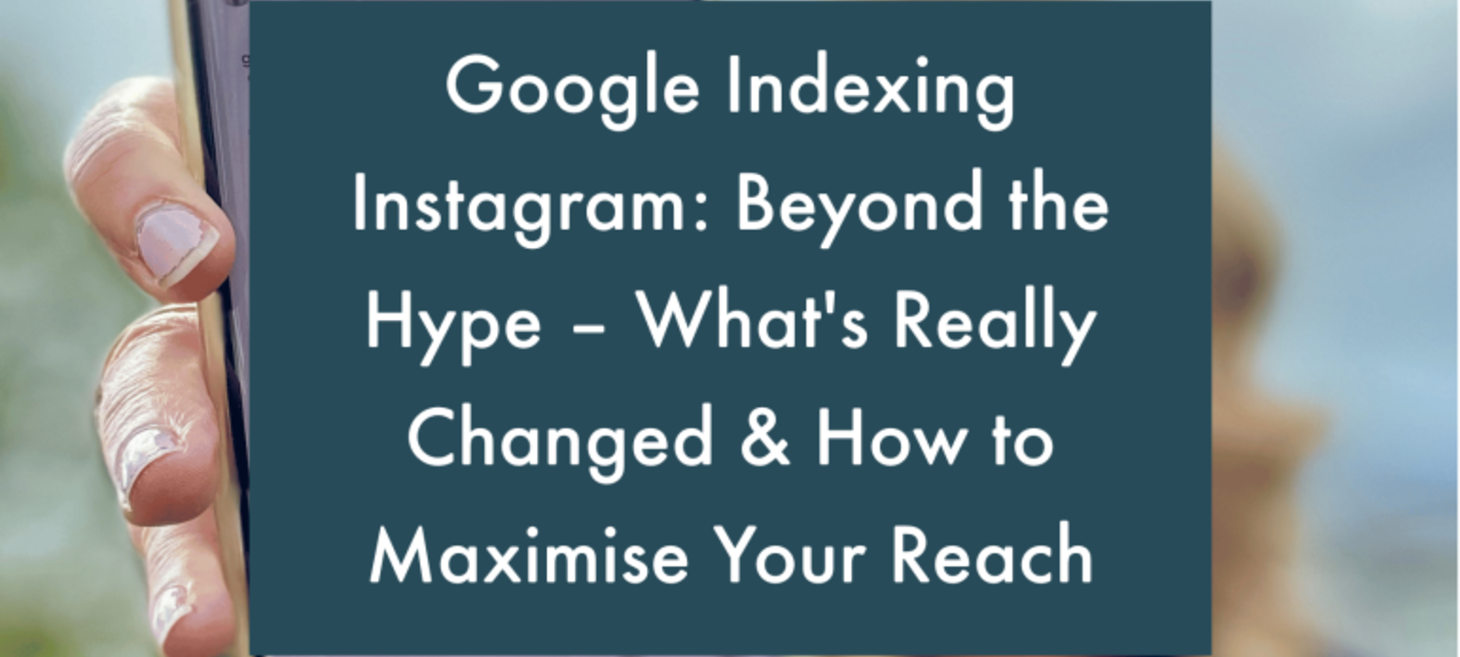
Google Indexing Instagram: What Really Changed in July 2025
To be honest, I was a bit confused when I saw people talking about Google indexing Instagram content from the 10th of July 2025. I mean, hasn’t Google already been showing Instagram content across the search engine result pages (SERPs) for years now?
Short videos, aka Reels have been popping up on the SERPs for some time now, and there is even a dedicated Short Videos tab which has been around since at least August 2024.
How to Combine Email Marketing and SEO for Full-Circle Growth
SEO people do know how email marketing works, and on the other hand, some companies that do email marketing invest in SEO, right? Then, why not combine them to create a powerful growth loop?
SEO brings people in, and email keeps them coming back. So if you’re only using email to distribute blog links, you’re leaving serious growth on the table.
Local SEO
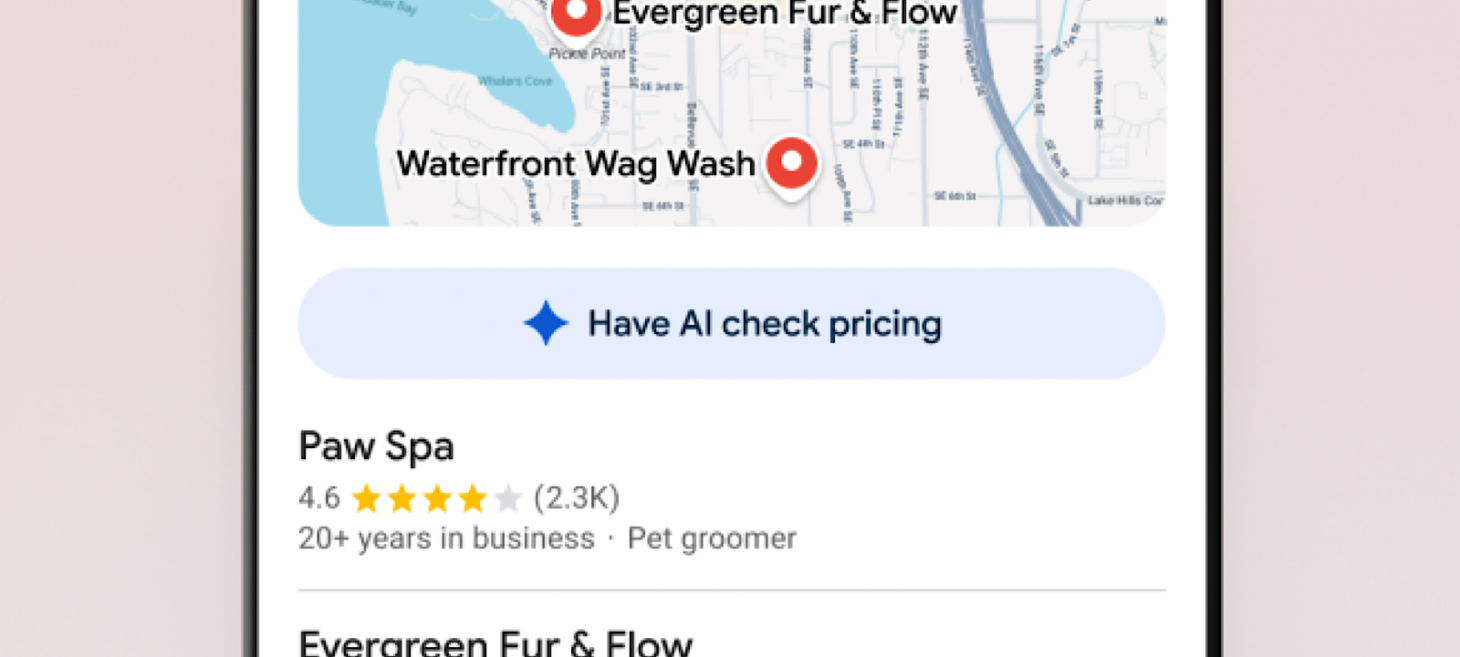
Google Search Can Now Call Local Businesses Using AI
Google has introduced a new AI-powered calling feature in Search that contacts local businesses on a user’s behalf to gather pricing and availability details.
The feature allows people to request information from multiple businesses with a single query.
When searching for services like pet grooming or dry cleaning, users may now see a new option to “Have AI check pricing.”

Google Rolls Out AI-Powered Travel Updates For Search & Maps
Google has released its annual summer travel trends report alongside several AI-powered updates to its travel planning tools.
The announcement reveals shifting travel preferences while introducing enhancements to Search, Maps, Lens, and Gemini functionality.
Ecommerce SEO
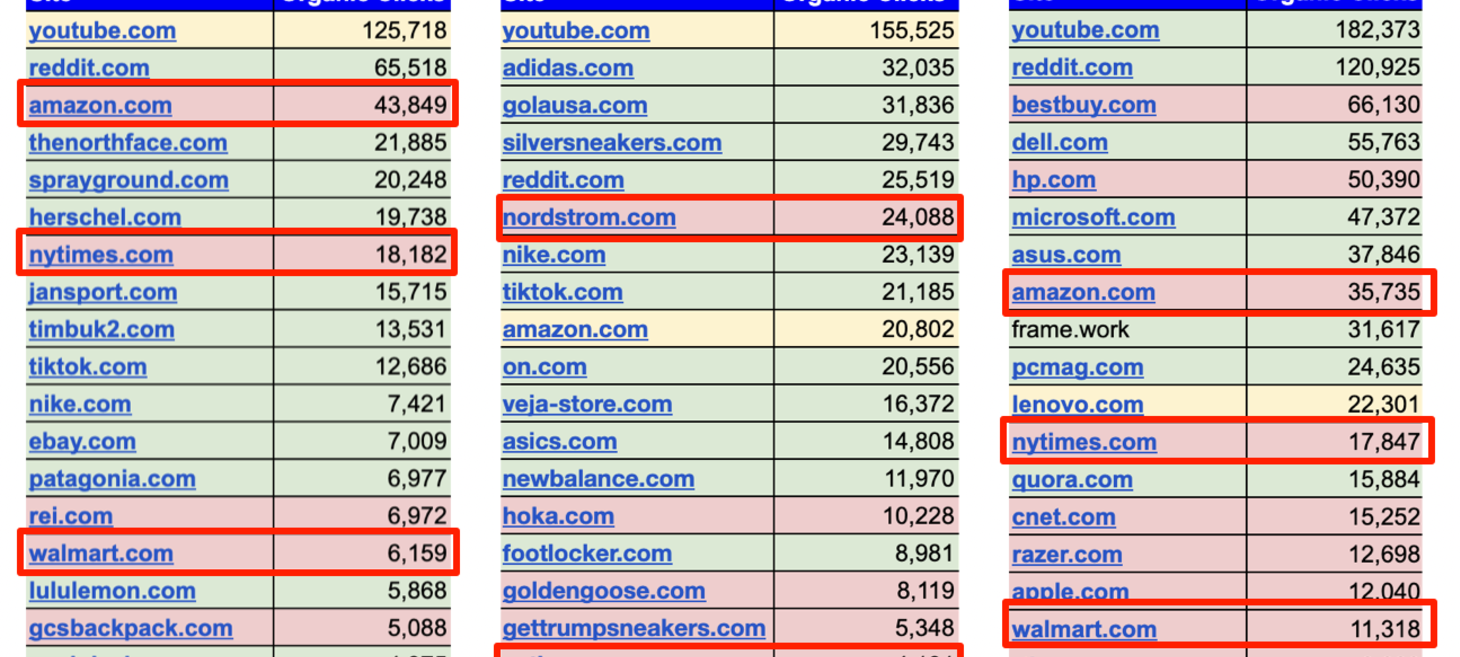
The State of Ecommerce SEO in 2025: How to Win in Today’s Product SERPs
In 2025, Google’s product search results have dramatically evolved, turning into a feature-rich, visually dynamic landscape that resembles a product listing page (PLP) more than traditional search results. These changes are reshaping user behavior, SEO strategies, and what it takes to succeed in ecommerce search visibility.
Here’s a comprehensive look at how ecommerce SEO has changed, why it’s more difficult than ever, and what you can do to adapt and continue growing.
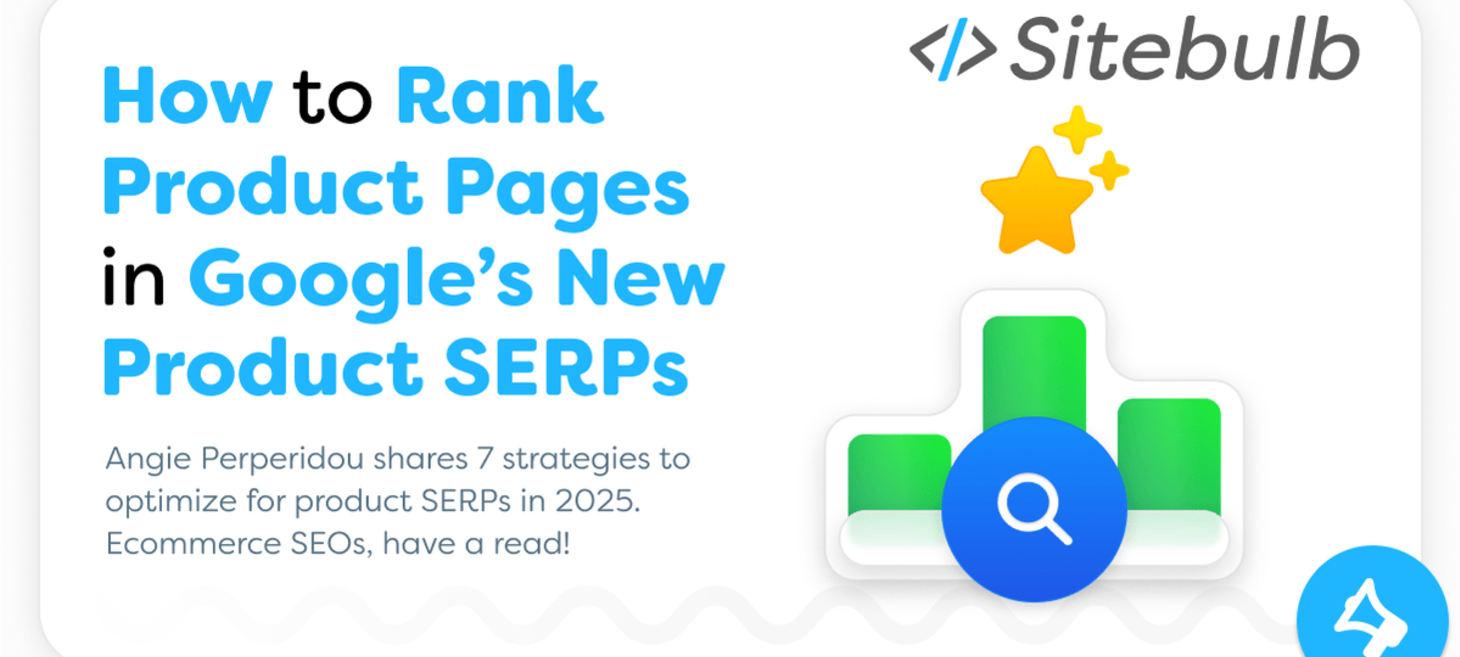
How to Rank Product Pages in Google's New Product SERPs
Google is taking over the search experience with features like product carousels, AI overviews, and interactive grids. Instead of leading users to traditional category pages, Google now provides product details (images, prices, and reviews) directly in search results.
This shift means that your product pages are no longer just competing with other websites but with Google itself. If your pages aren't optimized with structured data, unique content, and eye-catching visuals, they might not even show up in these new SERPs.
In this article, we’re going to look at how Google’s product SERPs have changed over time, and how you can optimize for these new SERP features.
Search Engine Advertising (PPC)

PPC tracking: How to eliminate duplicate conversions
Bad data = bad strategy.
Duplicate conversions are one of the most overlooked – and most damaging – problems in conversion tracking.
If your reporting inflates the number of conversions, your performance strategy is based on fiction. You’re not just getting the wrong numbers. You’re optimizing toward the wrong outcomes.

The anatomy of compelling search ad copy
Most advertisers spend hours managing keywords, bids, and targeting – but overlook the one thing searchers actually notice: the ad itself.
If your ads aren’t strong, nothing else in your account can save you.
Google Ads (Search Network)

Google Ads target ROAS: Everything you need to know
This article explores the ins and outs of Target ROAS bidding, including:
- What does conversion value mean in Google Ads?
- What does ROAS mean?
- How Target ROAS bidding works in Google Ads
- 8 Expert Tips for using Target ROAS effectively
- Should you use Target ROAS bidding in Google Ads?

Why Google Ads Fails B2B (And How to Fix It)
Why isn’t Google Ads working for my B2B marketing campaigns?
How do I improve lead quality in B2B Google Ads campaigns?
What’s the best way to scale Account-Based Marketing (ABM) using Google Ads?
The good news: Google Ads isn’t broken in B2B; it’s just being used wrong.
Performance Max Campaigns
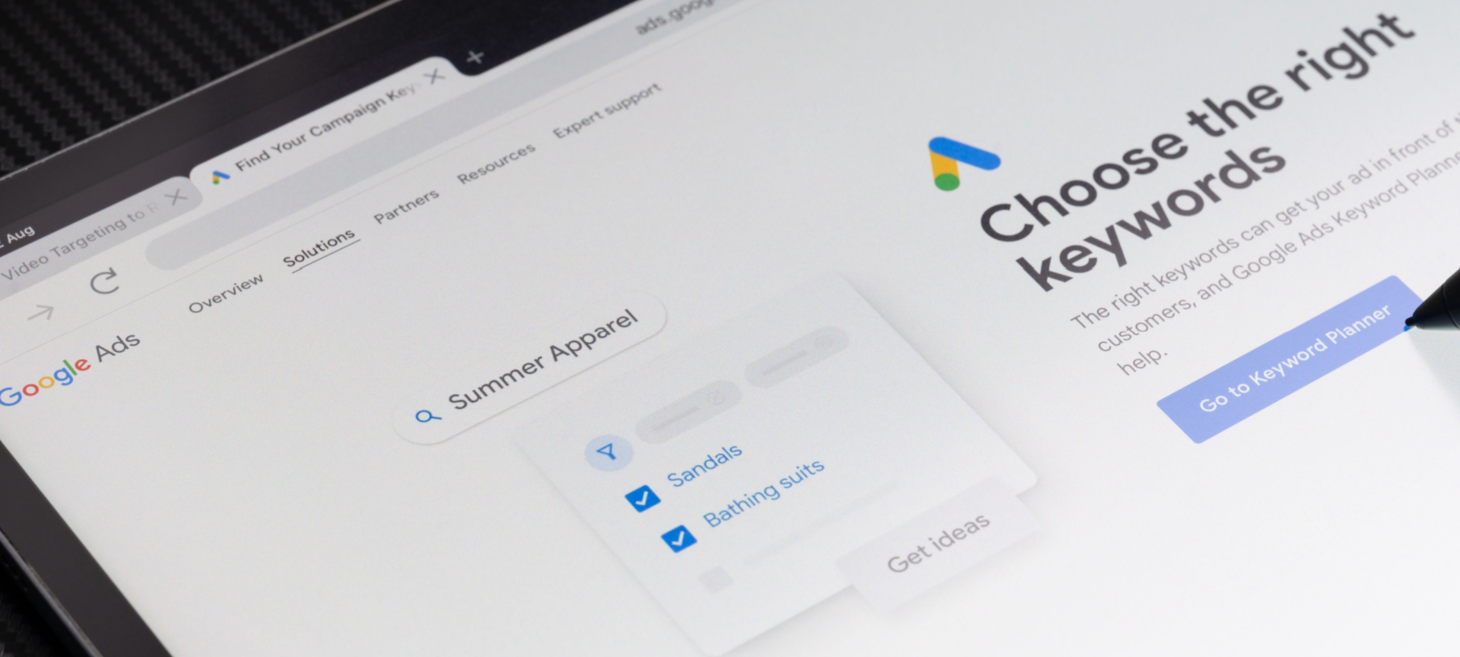
Auditing the Performance Max black box: A strategic approach
To effectively audit Performance Max, we must move beyond conventional performance metrics and levers and look at the foundational elements that feed the campaign, because, as many PPC practitioners say, “Garbage in, garbage out.”
This article provides a structured audit checklist to help you navigate the complexities of Performance Max campaigns.

Google Performance Max: Everything You Need To Know
From campaign-level exclusions to channel reporting and more asset-level insights, Performance Max (PMax) is becoming more transparent and easier to work with.
That doesn’t mean it’s a set-it-and-forget-it campaign type. But, it does mean advertisers now have more tools to guide performance, troubleshoot issues, and use PMax in a more strategic way than we could before.
Search Intent

There are more than 4 types of search intent
Search intent is easy to define but harder to truly understand. It’s more than just categories like informational or transactional. It’s about:
- What someone is trying to do in a moment.
- How that action fits into a larger journey.
- How your content and brand meet them there.
If you’re still thinking in linear funnels or rigid personas, it’s time to go deeper.

How to align your SEO strategy with the stages of buyer intent
When we push high-intent CTAs or product-heavy content at users still in the awareness stage, we not only lose conversions – we risk losing trust.
In this article, I want to address that mistake by showing you how to align your SEO and content strategy to each stage of purchase intent, often framed as the classic funnel:
- Top of the funnel (awareness),
- Middle of the funnel (consideration).
- Bottom of the funnel (decision).
While the funnel’s structure hasn’t changed much, how users move through it has.
Content Marketing
![10 Top Converting Landing Pages That Boost Your ROI [With Examples]](https://dxj7eshgz03ln.cloudfront.net/production/link/image/1027614/twenty_by_nine_extra_large_f261c982-cd72-4b49-b15c-5226045073a8.png)
10 Top Converting Landing Pages That Boost Your ROI [With Examples]
The best landing page templates are designed with conversion in mind, featuring strategic layouts, persuasive copy, and clear calls to action.
So, let’s look at a few top-performing landing page examples to learn about why they work and how you should implement them.
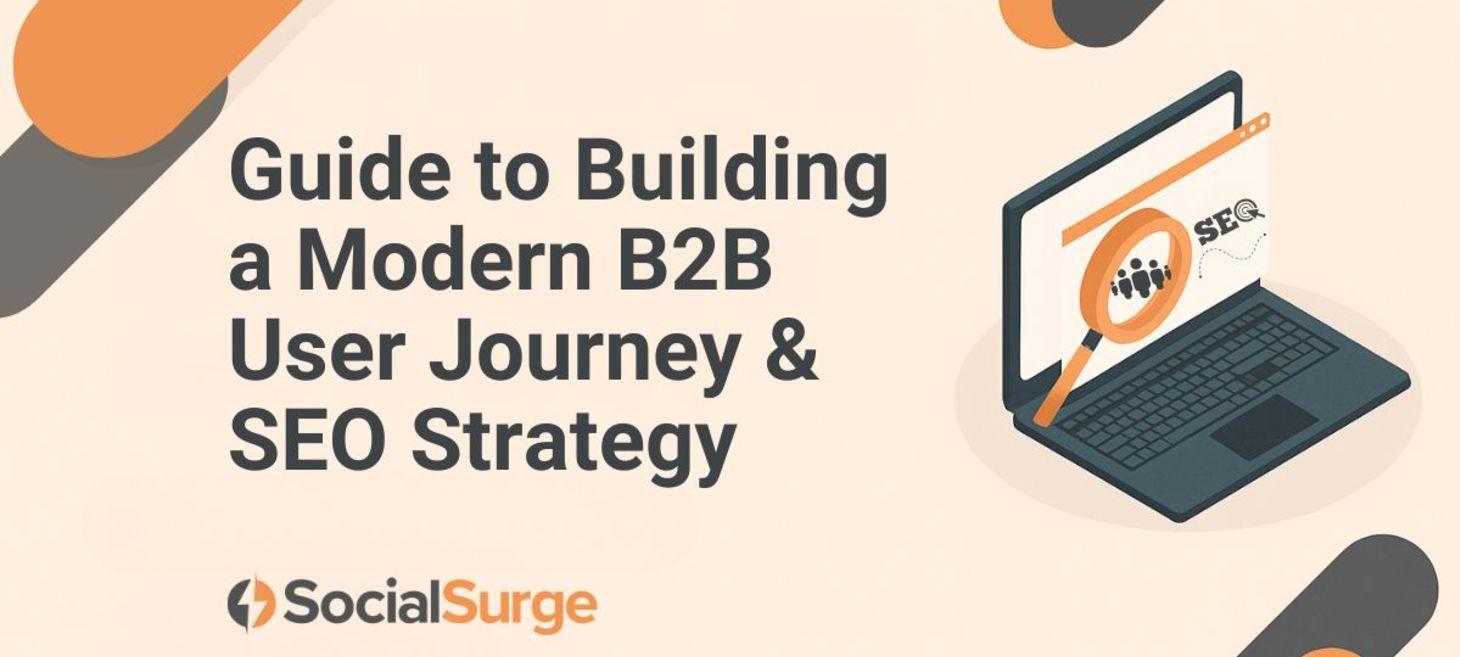
Guide to Building B2B User Journey & SEO Strategy | SocialSurge Marketing
Let’s get real– marketing today isn’t what it used to be. Gone are the days of neatly mapped linear funnels where users move predictably from awareness to conversion. The reality of this change? Consumer (user) journeys are nonlinear, behavior-driven, and increasingly shaped by AI and human interaction.
In this guide, we’ll help you move beyond the traditional funnel model to embrace a modern strategy rooted in search intent, behavior, milestones, and content gaps.
Competitor Analysis

How does your landing page performance compare?
s your landing page converting better—or worse—than your competitors’? If you’re not sure, now’s the time to find out.
Unbounce’s new Conversion Benchmark Report provides a clear, data-backed look at how landing pages are performing across industries. The report includes median conversion rates by sector, giving marketers a useful baseline to assess their own performance.
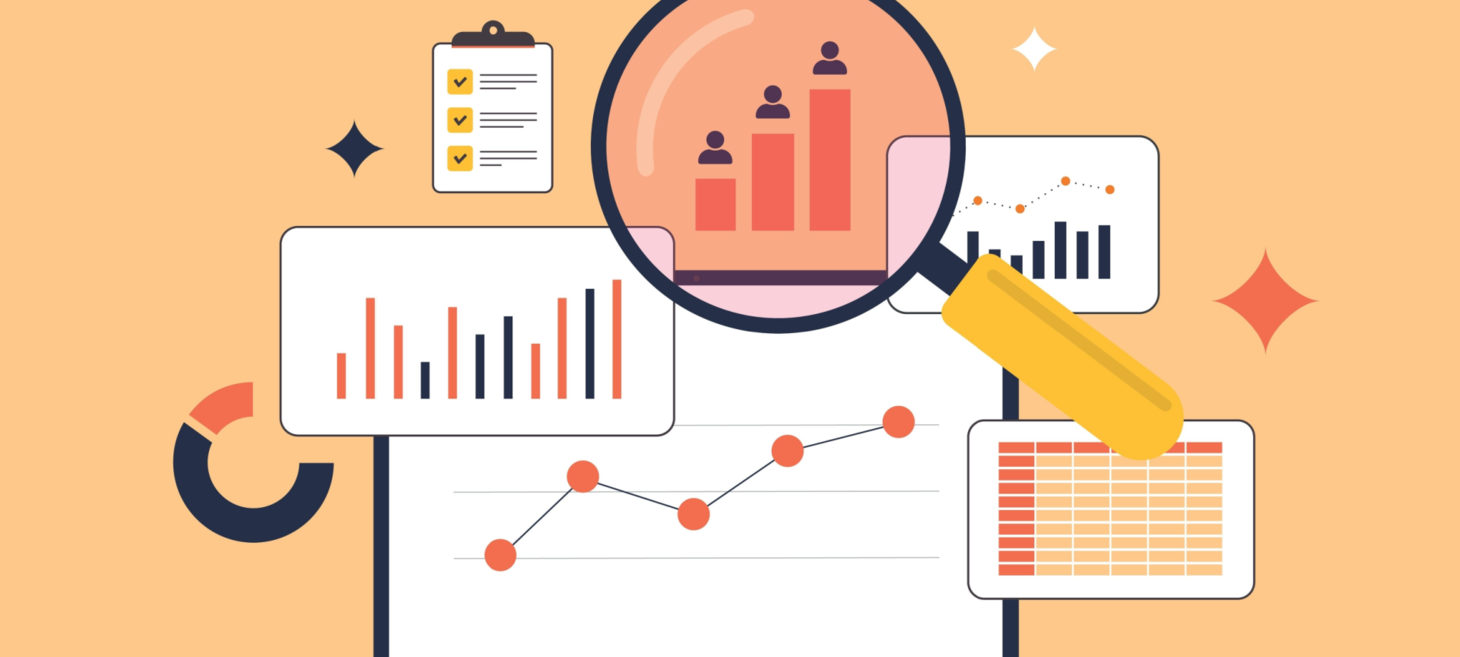
How to use competitive audits for AI SERP optimization
Your content might be great, but if AI platforms aren’t surfacing it, your audience won’t see it. As generative search reshapes the SERP, staying visible requires more than keywords and backlinks.
You need a generative engine optimization (GEO) strategy powered by competitive audits – a way to:
- Examine what’s working for others.
- Understand why AI favors certain content.
- Optimize accordingly.
User Experience (UX)
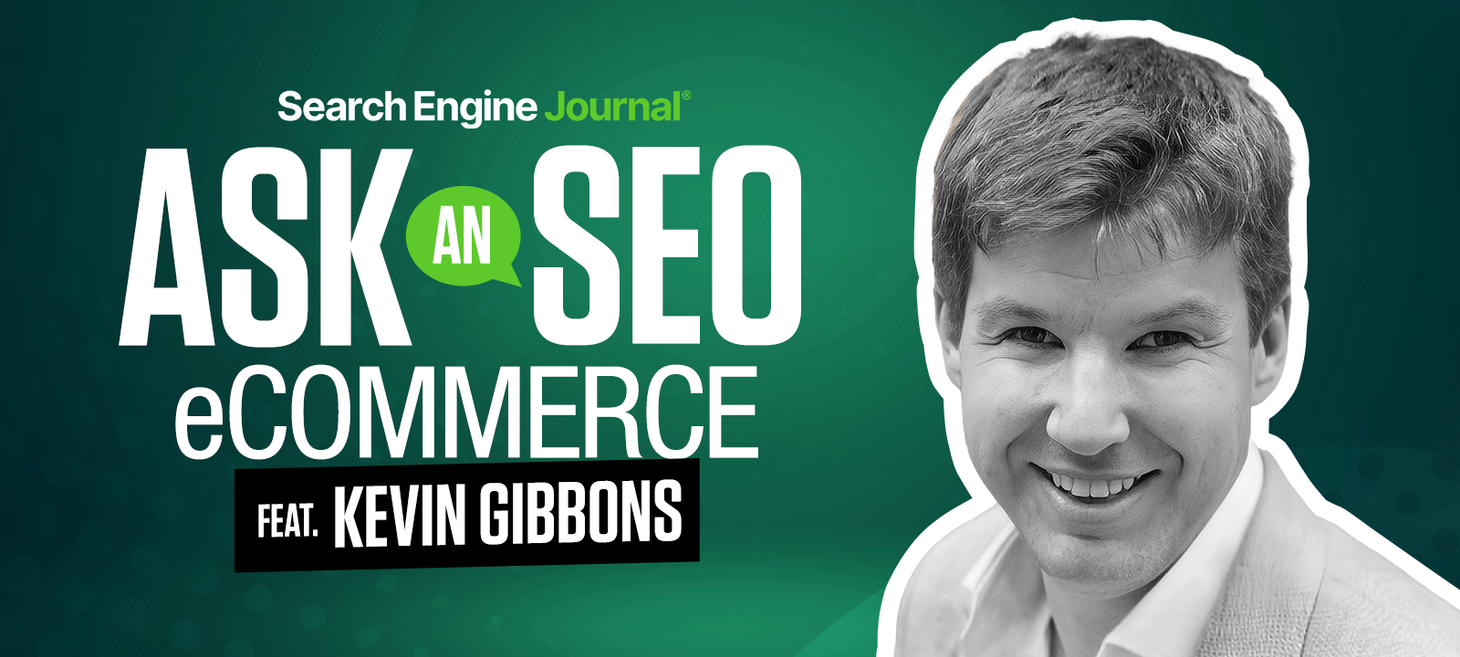
Ask An SEO: How Can I Turn Low-Converting Traffic Into High-Value Sessions?
This week’s Ask an SEO question comes from an ecommerce site owner who’s experiencing a common frustration:
“Our ecommerce site has decent traffic but poor conversion rates. What data points should we be analyzing first, and what are two to three quick conversion rate optimization (CRO) wins that most companies overlook?”
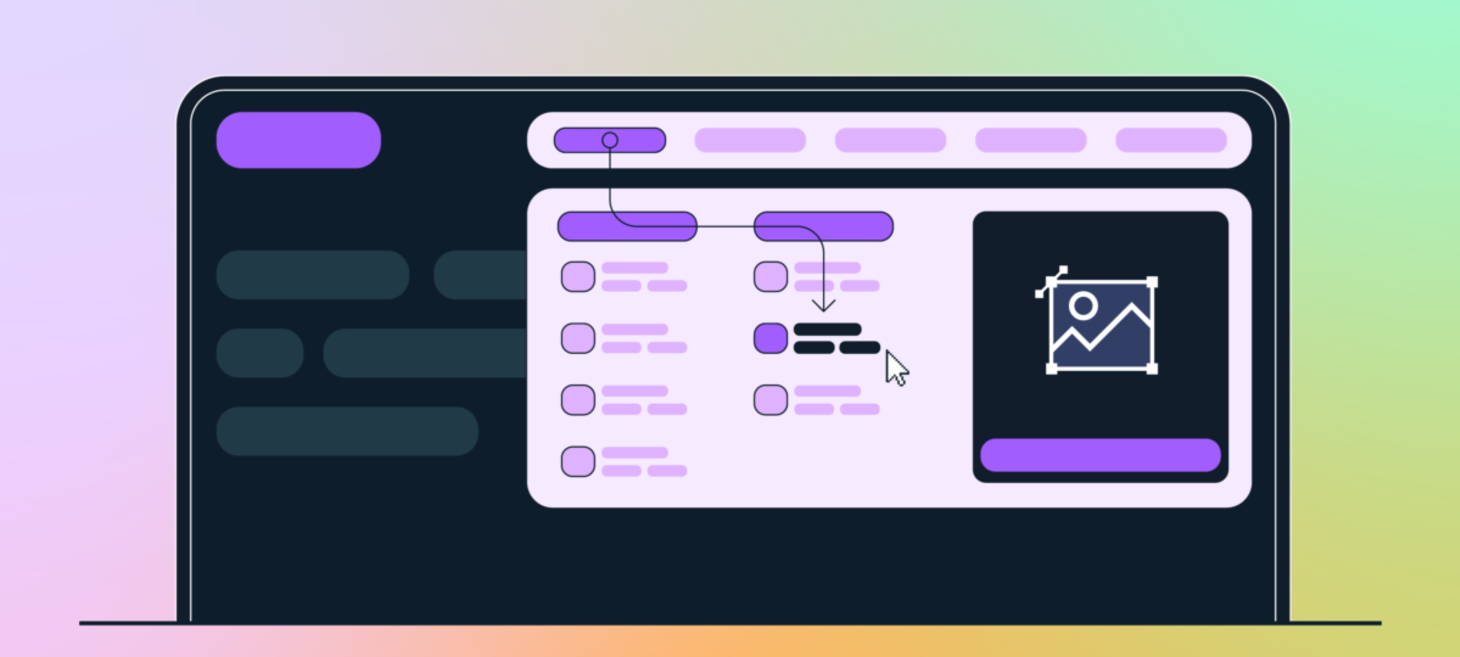
The hidden UX issues costing you customers.
You’ve done the hard work. You’ve launched the site, you've written the content, you're building traffic. But here’s the truth most businesses overlook... bad UX is silently killing your conversions.
Analytics & Reporting

What counts as a “good” conversion rate in 2025?
If you’re still chasing a flat 10% conversion rate across all campaigns, it’s time for a reset. According to Unbounce’s latest Conversion Benchmark Report , industry medians range from just 3.8% (SaaS) to 12.3% (Legal) — and that variance can reshape how you interpret your landing page performance.
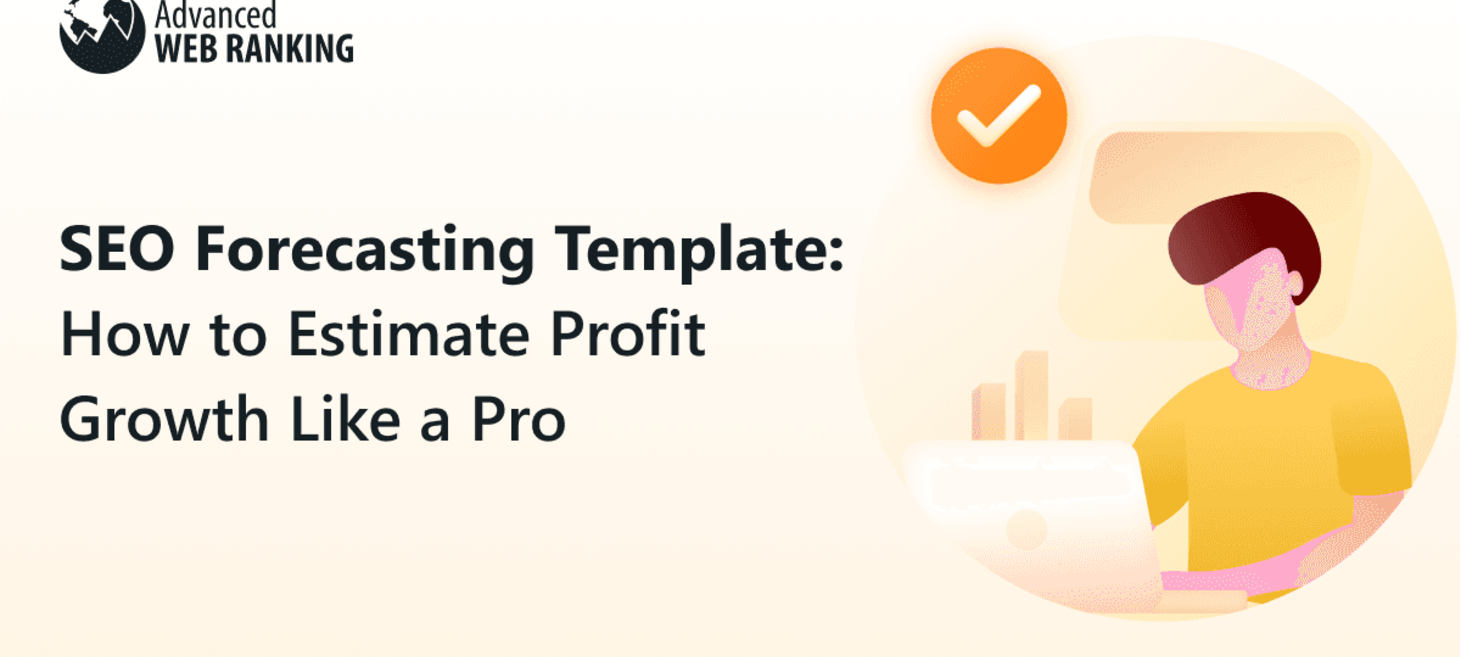
SEO Forecasting Template: How to Estimate Profit Growth Like a Pro
Forecasting has always been a challenging topic for most SEOs. Let’s be honest—most of us find it easier to explain technical SEO concepts than to confidently predict traffic and revenue numbers. And of course, we’ve used the phrase “it depends” so frequently that it has become a staple in our daily conversations.
But while SEO forecasting is challenging, it’s not impossible. With the right approach—and the right tools—you can create data-driven projections that help you make informed decisions about your SEO strategy.
